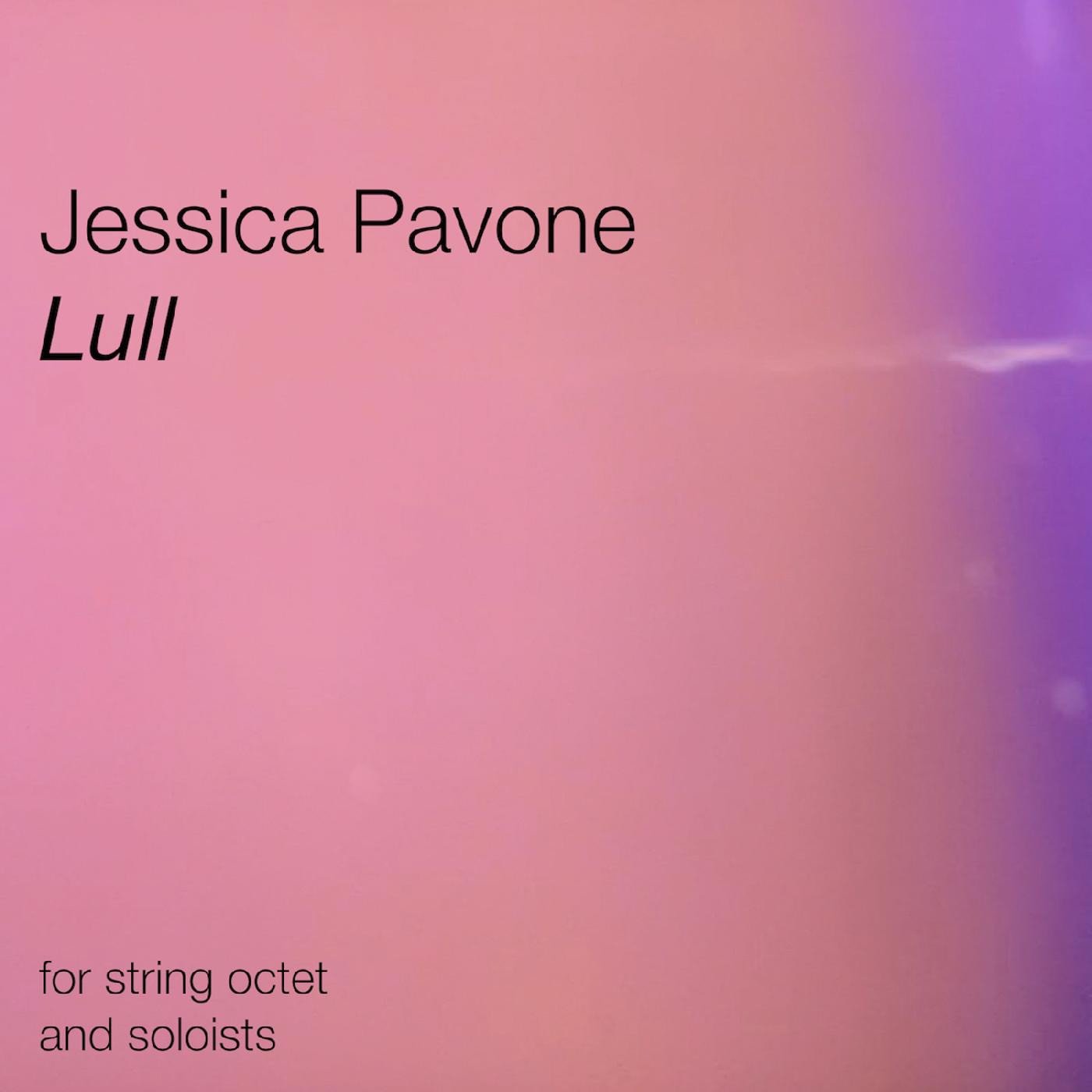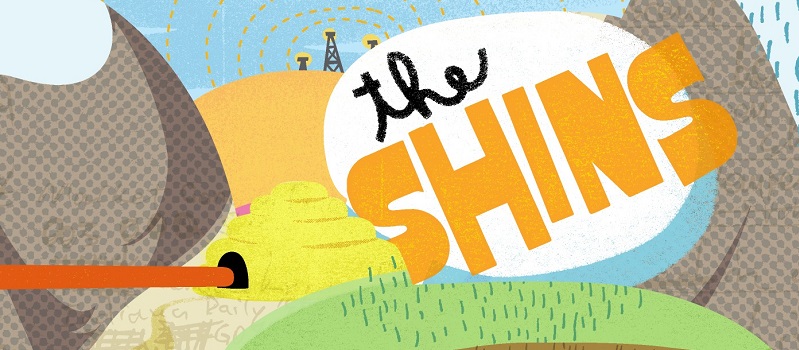“Hartford,” the third song off Jessica Pavone and Mary Halvorson’s collaborative On and Off LP from 2007, has noisy descents that paint an easy smile across the face. Much of On and Off, in fact, is easy to love, and Pavone, with her counterintuitive songwriting and distinctive viola playing, is a big part of that. The faux-blues-scale “That Other Thing,” from 2011’s Departure of Reason, does Tin Hat justice – and that’s a mighty measure. Even Pavone’s more jazz-infused Army of Strangers will hold listeners’ interest. We are sad to report, though, that Pavone’s latest work, an experimental octet titled Lull, bears little of the charm of her previous work and almost none of the warmth. A four-part suite of faux-form improvisational music, the octet also struggles with the legendary John Cage-ian question of how music – that is live, performed music – often can and should transcend recording, and what value there is in laying down something to tape as a default measure.
The record opens with “Indolent,” whose detuned see-saw of strings immediately feels difficult to digest. But, instead of working to find a kind of harmonic balance, or watching the instruments discover their feet in a breathy gesture or an epic crescendo, the piece sort of wanders away from intentionality; what the listener is left with is the equivalent of de-tuning an instrument, which is largely masturbatory as recordings go. In short: grating stuff. “Holt,” the second piece of the suite, doesn’t fare much better, as Yeah Yeah Yeahs percussionist Brian Chase offers sparse instrumentation. Or doesn’t. You know, it’s hard to tell what is going on; the whole thing starts to feel a bit accidental after a while.
The excellent trumpeter Nate Woolley, performing here in Bb, saves “Ingot,” the third piece and the drone portion of the octet, with his transfixing, circular breath and great mutations of the timbre of his instrument. But, even though “Ingot” is the record’s shortest piece at just over eight minutes, it tests the patience, and Pavone’s ensemble doesn’t really generate the heat or musical friction oft necessary to keep a drone piece chugging along. “Midmost,” odd as it may sound because of its (relative) conventionality, is the record’s saving grace, where Pavone’s string players sound like they’re actually in the same room, performing the same octet. There are moments of real grace here, as well as a lot of tonal experimentation that pleasantly keeps listeners on their toes.
But “Midmost,” a great ending piece, is the outlier. Pavone writes in press materials promoting the new LP that she directs players to move between phrases at specific time points, floating between loosely dictated notes until they reach the designated clock marker telling them to switch to the next phrase. It’s indeterminate music—a structured improvisation that rejects the showiness of jazz improvisation and the rigidity of classical music in favor of gently structured spontaneity. Though this process does not feel evident in the initiation of the final product – more debate can be had on whether that’s a good or a bad thing – Pavone’s rejection of jazz improv showiness and classical dogma leaves listeners with a lot of half-thought-out gestures. The Rob Mazurek-led free jazz/improv outfit the Underflow, on the other hand, has toyed with a similar rejection of forceful structure – and they’ve done so to great effect, largely by keeping the proceedings fluid and making them exciting in a live setting. (Instant Opaque Evening, a recent live recording, does not bring to the surface questions about the value of capturing such moments, a la Cage.)
The artists to whom Pavone might or might not be tipping her hand also do better work, frequently with less dressing. Go onto YouTube and play Okkyung Lee’s 2014 performance at the Skaņu Mežs music festival and you hear how fewer accoutrements can be more resonant. To those suggesting some sort of inherent bias here towards minimalism, consider Steve Reich’s masterful displays of working with large ensembles on Music for 18 Musicians – more, simply, with more.
There are surely diehard classical or jazz improv listeners out there who will jump to Pavone’s defense – their opinions have merit, I am sure. After all, Pavone is no novice, and the piece, for all its detractions, does cast mighty aspirations of intent. It’s just that there are certain things a musician – or an octet, if you will – can get away with in front of an audience, where they’re feeding off group energy and the tone and reverberations of the room. Lull might work live, it’s hard to say. As a recording, though, it doesn’t live up to the Jessica Pavone standard. — Justin Vellucci, Spectrum Culture, Nov. 1, 2021
-30-




